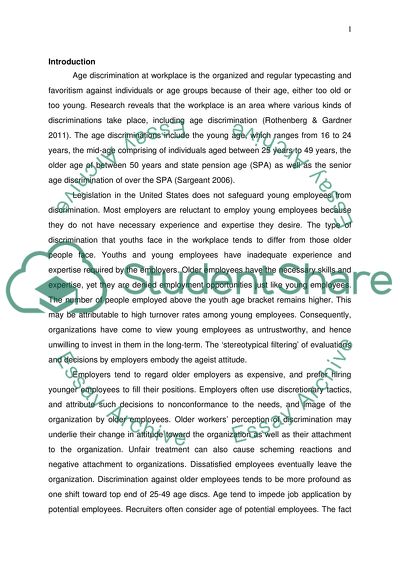Cite this document
(Age Discrimination, Social Closure and Employment Case Study, n.d.)
Age Discrimination, Social Closure and Employment Case Study. Retrieved from https://studentshare.org/sociology/1778779-account-for-the-problem-of-age-discrimination-in-the-modern-workplace
Age Discrimination, Social Closure and Employment Case Study. Retrieved from https://studentshare.org/sociology/1778779-account-for-the-problem-of-age-discrimination-in-the-modern-workplace
(Age Discrimination, Social Closure and Employment Case Study)
Age Discrimination, Social Closure and Employment Case Study. https://studentshare.org/sociology/1778779-account-for-the-problem-of-age-discrimination-in-the-modern-workplace.
Age Discrimination, Social Closure and Employment Case Study. https://studentshare.org/sociology/1778779-account-for-the-problem-of-age-discrimination-in-the-modern-workplace.
“Age Discrimination, Social Closure and Employment Case Study”. https://studentshare.org/sociology/1778779-account-for-the-problem-of-age-discrimination-in-the-modern-workplace.


